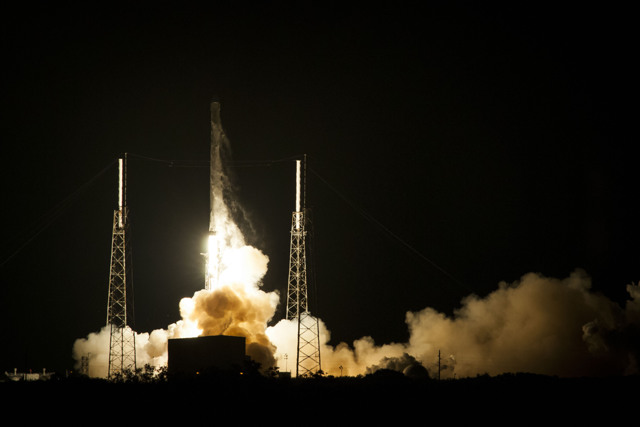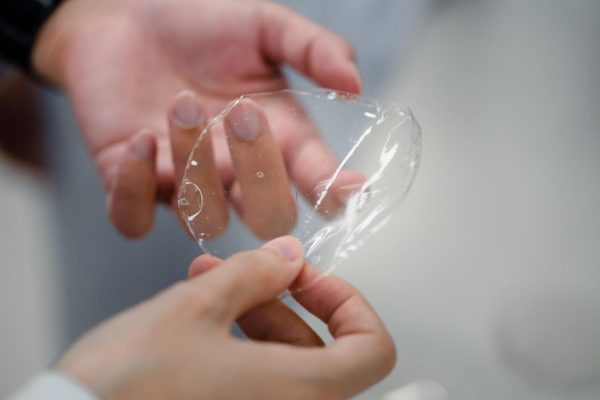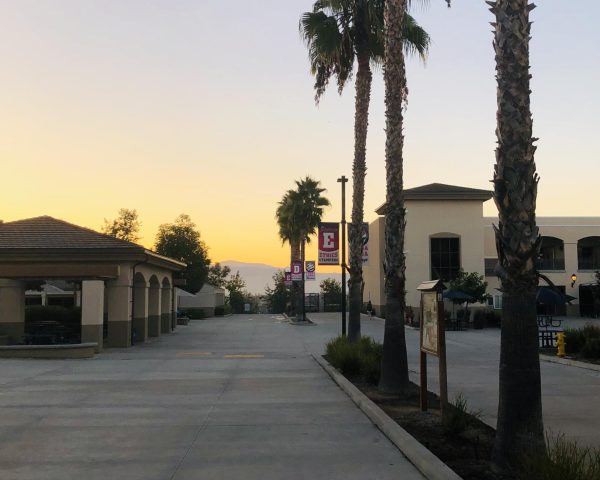SpaceX’s Falcon 9 Rocket Returns
January 15, 2015
The space exploration company, SpaceX, launched their first rocket to the International Space Station on Saturday, January 10, 2015. SpaceX, a private company founded by Elon Musk, builds rockets for space exploration that have the ability to come back to earth and land on the ground. Traditional rockets that have been used for space exploration have been dropped into the ocean and then retrieved by ships to be scrapped. Having a reusable rocket would allow for more efficient travel to space and dramatically lower the cost, allowing for us to travel to space more often. This technology will revolutionize space travel and will allow us to further increase our knowledge of outer space.
The technology used in these rockets would evidently make the process of sending supplies to the International Space Station. That was the goal of the rocket that was sent out on Saturday. The 14th of the Falcon 9 rockets in SpaceX carried out the mission to take the Dragon cargo ship. The Dragon cargo ship carried food and equipment to detect aerosols in Earths atmosphere. The Falcon 9 rockets successfully delivered the Dragon cargo ship to the International Space Station but its landing had a different outcome.
The Falcon 9 was set to land on a floating landing pad 200 miles off the coast of Florida. The landing pad spread over 300 square feet to allow for enough space for Falcon 9. “Rocket made it to drone spaceport ship, but landed hard. Close, but no cigar this time,” said Elon Musk. As the rocket made its way down to the launching pad, it was supposed to use its hydraulic fuel to slow down its speed before it touched down, however, it had run out of this crucial fuel. This caused the rocket ship to plummet toward the landing pad faster than it was meant to, causing it to crash into pieces. SpaceX is not drifted by the outcome of this landing as it was only experimental. Elon Musk even stated that there was only a 50/50 chance of the project working on Tuesday, the original planned launch date.











































